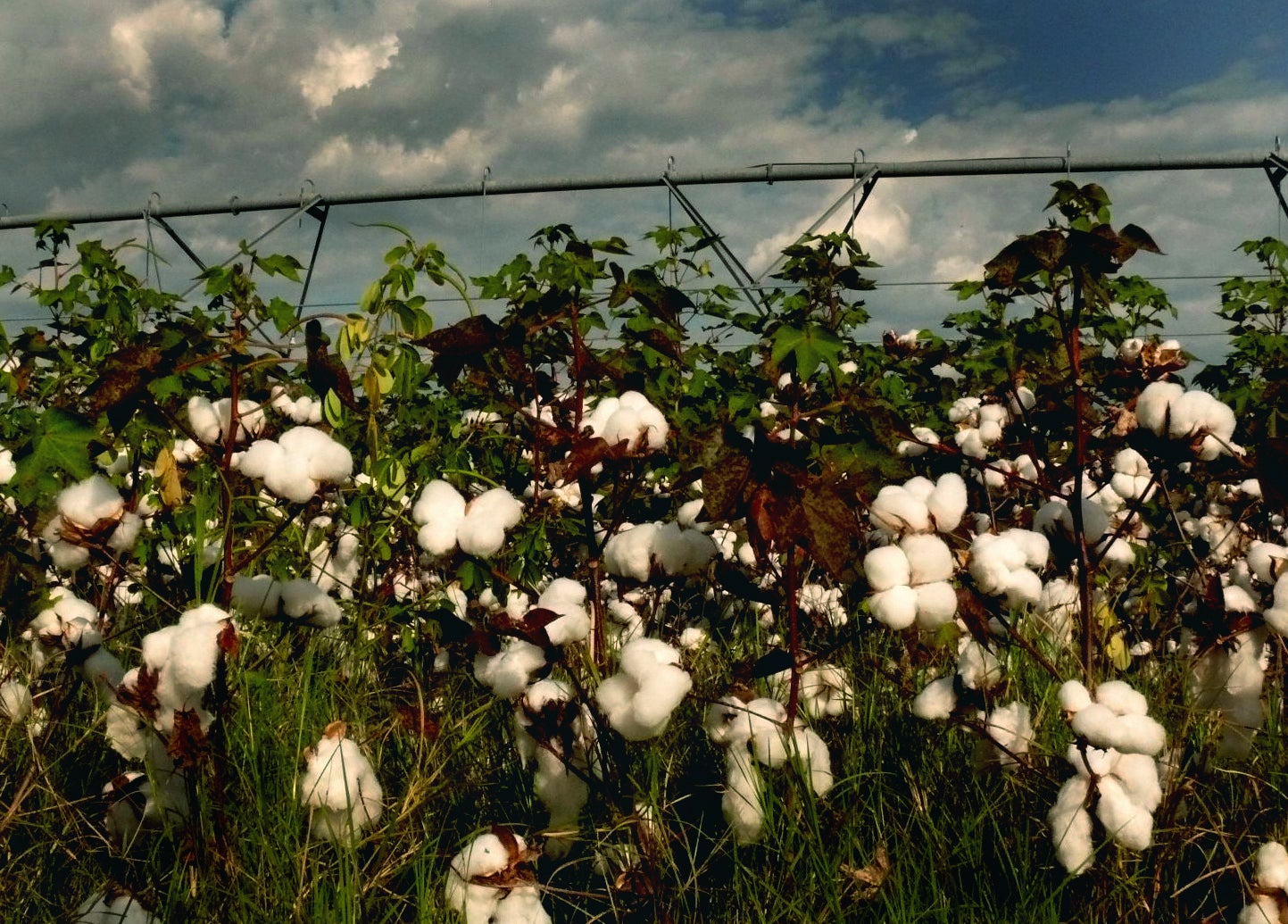Tri-County farmers face low cotton prices this year
Published 9:01 am Wednesday, September 16, 2020
|
Getting your Trinity Audio player ready...
|
Every sentence in 2020 could end with the statement: “strange and challenging times,” agricultural conversations notwithstanding. I’ve stood in a cotton field numerous times this season with growers, consultants, and/or other UGA Ag agents looking at an issue while surrounded with the sentiment that: “I’ve never seen this before.” As producers start digging peanuts and continue to scout cotton fields, many end-of-season management decisions in Crisp’s County’s over 100,000 row crop acres weigh on our farms’ consciousnesses. Timing is everything when you’re juggling multiple crops, on thousands of acres, all while starring down the uncontrollable factor that is hurricane-season-conjured storms. Timeliness in scouting to inform pesticide sprays, fertilization, irrigation, and of course harvest is critical. As always, but especially in 2020, not obsessing on what we can’t control while focusing on what we can will lead to the most prosperous result for the situation.
The situation this year for cotton has been low market prices as we entered planting time and sustained lower than normal prices throughout the summer. “It’s hard to get excited to manage this crop when prices are so low” I’ve heard from a few local row croppers. In the latest UGA Cotton Newsletter Dr. Yangxuan Liu, Ag Economishracnose rots anecdotally seem very prominent this year), there are many labeled chemistries for use during the first and third weeks of bloom for foliar diseases such as target spot. These fungicides include Twineline, Quadris, Priaxor, Headline, Elatus…etc and can have some activity on other diseases like areolate mildew.
Though, at the time of writing this, we are in late season and most fields will not benefit from fungicide treatments. What growers are concentrating on now is managing the height of the crop with plant growth regulators, which has been a focal point for weeks, as well as defoliation timing. Cotton is an indeterminate plant, meaning it will continue to grow if left undisturbed. Since we plant cotton as an annual, growers terminate the plant usually with a three-way mixture of herbicides which can be Prep (ethephon), Dropp (thidiazuron), and Folex (Tribufos). What these chemicals will do is three-fold, they will: 1) encourage boll opening to try to get the most of the crop, 2) defoliate leaves to minimize leaf material contamination in the harvested lint and 3) suppress regrowth since many plants will not completely dieback. This three-way mix can be applied via ground rigs or by plane. Considerations that will affect
timing of crop termination include size and range of cotton operation, peanut harvest timing, weather delays, maturity of crop (termination with defoliates recommended when 60-75% of bolls open in a cotton field), and insect/disease pressure.
On the latter criteria mentioned above, insect infestations can affect defoliation and harvest time. Other than spraying for stinkbugs now, producers and consultants are keeping an eye on whitefly levels. Silver leaf whiteflies, Bemisia tabaci, are minute flies that look like tiny moths as adults and their populations in our cotton crop throughout much of South Georgia has increased weeks ahead of an average year. Scouting for this pest involves counting the number of immatures on the underside of the fifth leaf from the terminal on individual cotton plants. Control of this pest involves the use of insect growth regulators and their infestation levels can influence the termination of the cotton plant because whiteflies can cause early defoliation as well as sticky link from the honeydew they excrete.
To round out all the words above, because books can and are written for each different cropping system, we are in a busy time for our producers. I’ve written everything above to highlight a few aspects of where Crisp County’s cotton crop is currently and to address some of the topics our producers face on a day-to-day basis. This is not an unprecedented growing season, but in many ways….ok it is unprecedented. So many things have changed in 2020 but the two most important ingredients to Agriculture have not changed, our growers and their crop. Having these constants has been reassuring during times of farm bill uncertainty, retaliatory tariffs, low market prices, pandemic(s), hurricane season(s), etc. As we move into the last of what summer has to offer, when you look around you’ll still see Crisp Co cotton….lint exposed like southern snow. Normalcy that brings me comfort as we move to harvest season. Thanks and stay safe everyone.


